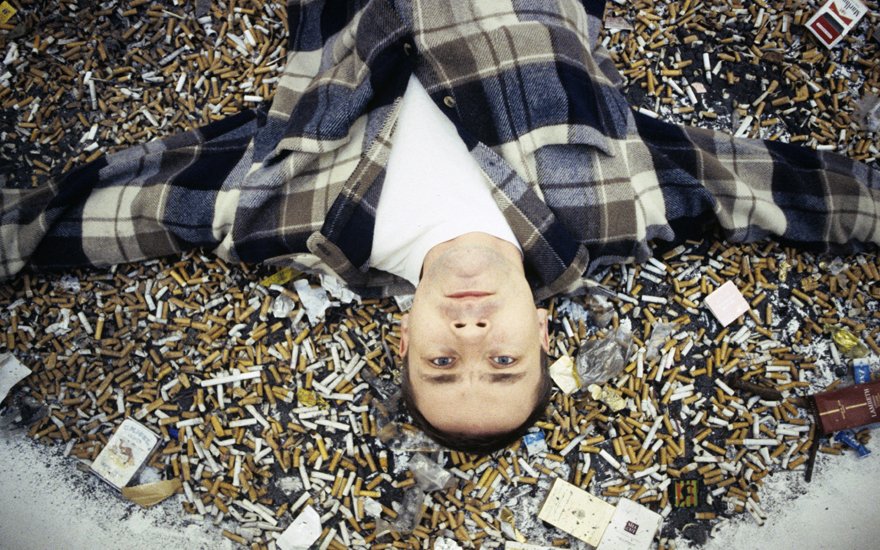What death means to Damien Hirst
Death, and how we deal with it, is central to Hirst’s practice. ‘It’s every artist’s main theme,’ he has said. ‘There isn’t really anything else. It just depends how far you stand back from it.’
Aged 16, Hirst would draw corpses preserved in formaldehyde at an anatomy school in Leeds. ‘I wanted to know about death and I went to the morgue and I got these bodies and I felt sick and I thought I was going to die and it was all awful,’ he told his friend, the author and journalist Gordon Burn.
Hirst returned over and over again to draw the dead bodies. ‘The point where death starts and life stops for me, in my mind, before I saw them, was there,’ he explained. ‘And then when I’d seen them and I’d dealt with them for a while, it was over there again. It’s like… I was holding them. And they just were dead bodies. Death was moved a bit further away.’
The Physical Impossibility of Death in the Mind of Someone Living (1991), conceived in 1989 while Hirst was at Goldsmiths and perhaps his most infamous work to this day, sounded the keynote for his career. Suspending a 13-foot tiger shark in a vast tank of formaldehyde, Hirst confronted viewers with an audacious spectacle, exploring the human difficulty of facing our most primal fears. The work received enormous press attention when shown at the Saatchi Gallery’s YBA 1 at Boundary Road in London, and Hirst’s notoriety was secured.






